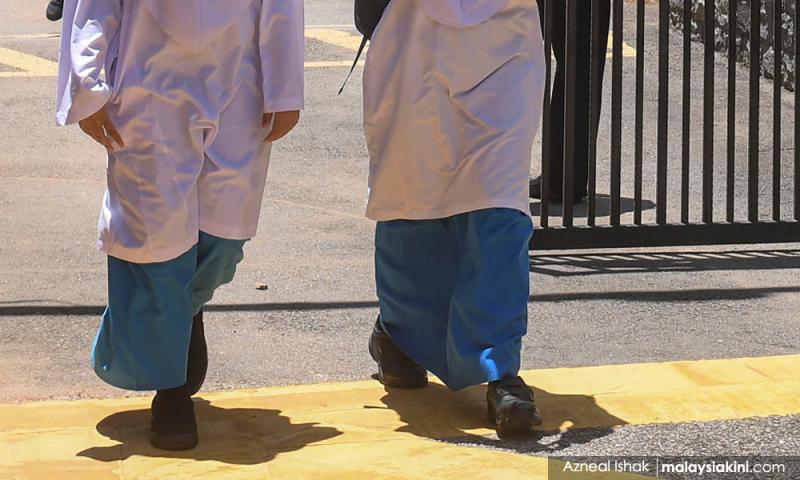LETTER | The need to advocate period poverty
LETTER | Multidimensional poverty has been discussed between academics and activists for a long time. However, the public is largely unaware of this approach as most people define poverty as the lack of money.
Most of the public know the definition of poverty as households that earn below the Poverty Line Income (PLI). Malaysia's PLI is at RM2,208 as it has been revised in 2019.
Last week a statement from Nurul Ashikin Mabahwi, head of Pejuang's young women’s wing (Pejuanita Muda) on period poverty had triggered several reactions from social media users.
Her statement on addressing period poverty among the B40 to help reduce unnecessary pregnancy has been criticised by citizens as it sounds illogical as the cost of raising a child is easily ten times higher than buying sanitary pads.
We need to keep in mind that poverty leads to short term goals and ignores the long-term goals and effects. For those in poverty, their main decision making will be on how to survive tomorrow rather than how to survive in the future. This is due to the lack of money which will directly mean a lack of basic necessities such as food, shelter and clothes.
Period poverty is one example of multidimensional poverty as it looks beyond the monetary dimension. According to The United Nations Population Fund (UNFPA), period poverty refers to the struggle of women from low-income groups to afford menstrual products such as sanitary pads, tampons, and related medication for period pain.
Let’s look beyond the incapability to afford menstrual products. If a woman can’t afford the proper menstrual product, for sure they are unable to attend school to receive proper education or go to work to earn money. This will lead to a poverty trap where they are unable to escape.
Malaysia introduced the Multidimensional Poverty Index (MPI) in 2015 as part of its development plan during the announcement of the 11th Malaysian Plan (11MP). The MPI consists of several dimensions which are education, health, living standards, and income.
However, the discussion of period poverty was not specifically discussed then or even in the 12th Malaysian Plan (12MP). The only time the government started to talk about it was during the announcement of Budget 2022 where RM10 million will be allocated to give basic sanitary kits to 130,000 teen girls among the B40 group.
Moving forward
This issue should be dealt with by the Women, Family and Community Development Ministry. A specific study on this issue should be done by the government to make sure that we have a clear indicator of the situation.
The ministry can collaborate with statisticians from the Department of Statistics and academicians from local universities to develop an index that can be named the Period Poverty Index or Pink Index.
Some good indicators can be based on a paper by Laura Rassouw and Hanna Ross where they put material used as menstrual products and the condition for managing menstrual hygiene, as lockable, safe, private and with soap, as part of the indicator to measure socio-economic inequality in menstrual hygiene management.
By having these kinds of indicators, the government can have a better policy direction to address the issue. This study can be expanded further to measure its relationship with education, social life, income inequality, and poverty eradication as it is a multidimensional approach.
With these indicators, the government can start to implement the policy during the mid-term review of the 12MP expected to be published in 2023.
The Education Ministry and the Higher Education Ministry should also play their roles in advocating this issue through education platforms.
The specific topics can be made compulsory in primary and secondary schools as this is the period of puberty for girls. It should be compulsory for all schools to stock sanitary pads and provide a safe place for girls to manage menstrual hygiene.
The Higher Education Ministry should also provide grants to academicians and activists to help find solutions and study this issue.
In brief, poverty is beyond the lack of money. Period poverty will lead to other issues such as lack of education and perpetuate the poverty cycle. This kind of stigma affecting girls and women should be eliminated through continuous discussions involving activists, members of academia and the public to ensure that all are aware of this serious issue.
The views expressed here are those of the author/contributor and do not necessarily represent the views of Malaysiakini.
RM12.50 / month
- Unlimited access to award-winning journalism
- Comment and share your opinions on all our articles
- Gift interesting stories to your friends
- Tax deductable
